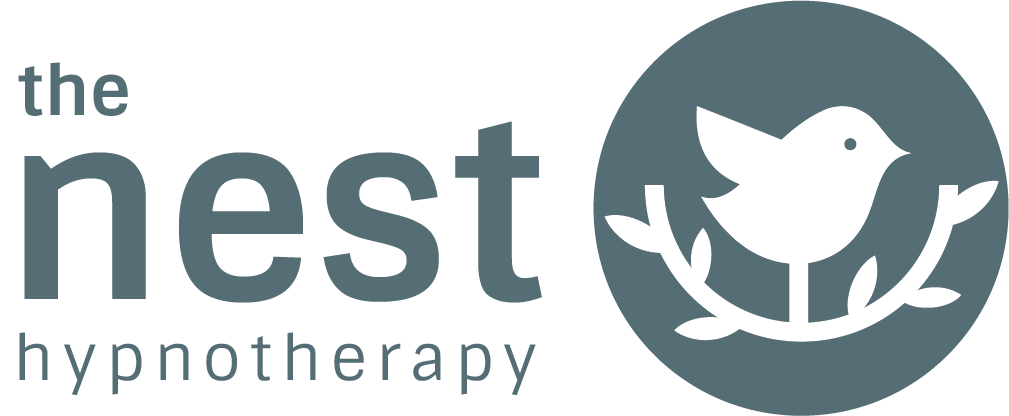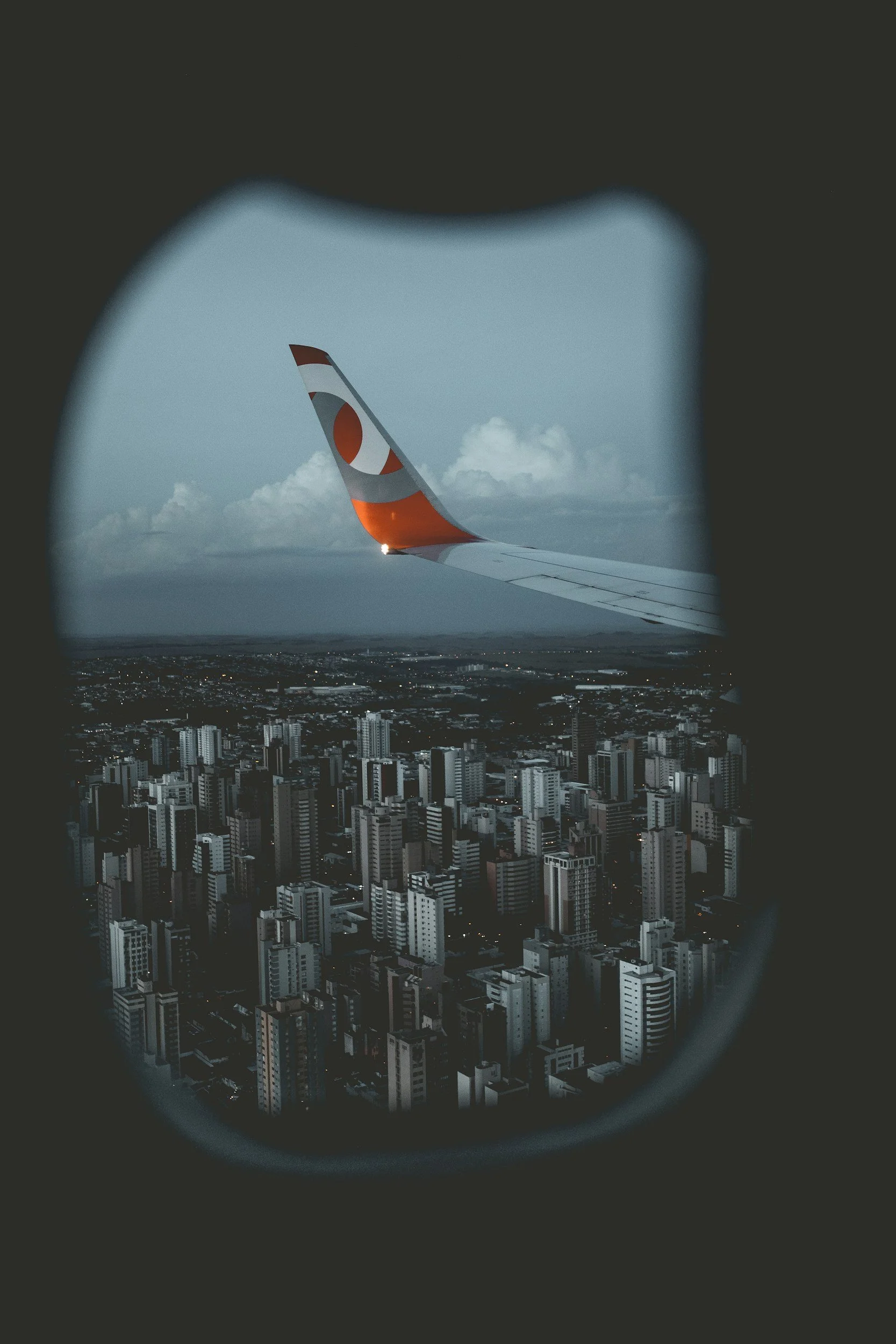From Panic to Peace: How to Overcome Your Fear of Flying with Hypnotherapy
Picture this…
You arrive at the airport feeling calm. You check in, wander through duty-free, maybe grab a coffee or a bite to eat. You feel… surprisingly relaxed. Onboard, you settle into your seat, take a deep breath, sip a drink, and start a good book or a film you’ve been meaning to watch. You even glance out the window and find the view oddly beautiful.
It might sound like a dream. But for many of my clients, it’s become their reality—after years of fearing flying.
If you’re reading this, it’s likely that air travel brings up something very different for you: tight chest, racing thoughts, a sinking feeling in your stomach. Maybe you do manage to get on the plane, but you spend the entire flight panicking, gripping the armrests, dreading every bump. Or maybe you avoid flying altogether, opting for UK holidays, trains, or long drives while your family or friends jet off.
You’re not alone. Fear of flying is incredibly common—and thankfully, also very treatable.
“Why do I feel like this?”
Fear of flying—also called aerophobia—often isn’t just about flying. It’s about what your brain associates with flying. For some, it’s a fear of:
Enclosed spaces (claustrophobia)
Heights or large bodies of water
Losing control or not being able to escape
Turbulence, take-off, or imagined disasters
But whatever the underlying fear, the body reacts in the same way: it triggers your fight-or-flight response. And once that switch is flipped, logic goes offline, and fear takes over.
“How do I change that?”
That’s where Cognitive Behavioural Hypnotherapy comes in. It’s a powerful, evidence-based approach that combines:
🧠 CBT to change unhelpful thought patterns
🌀 Hypnosis to create new emotional associations
🧘♀️ Nervous system calming tools so your body feels safe again
Here’s how I guide my clients through the process:
Step 1: Calm the Nervous System
Before we face the fear, we build your toolkit. You’ll learn simple but powerful strategies to bring your body back into balance—so that fear doesn’t hijack your system.
These include:
Deep breathing (like 4‑7‑8 breath)
Grounding techniques
Body-based calming exercises
Self-soothing phrases like: “I am safe. I can let go now.”
This isn’t about pushing through the fear. It’s about gently training your brain and body to feel safe again.
Step 2: Gentle Exposure (on Your Terms)
You’ll never be thrown in at the deep end. Instead, we design a personalised “behavioural experiment”—a gradual exposure plan that builds confidence step by step.
That might look like:
Watching videos of flights or airports
Visiting an airport lounge without flying
Booking a short, supported flight
Each step is carefully chosen to feel challenging but doable. And each one teaches your brain: nothing bad happened. I was okay. Over time, your fear response weakens.
Step 3: Reframe the Story
Together, we’ll look at the thoughts and images your brain has attached to flying—like “what if the plane crashes?” or “what if I lose control?”—and learn to challenge and reframe them.
Instead of fearing the worst, you’ll practise saying things like:
“Turbulence is normal—it doesn’t mean danger.”
“Pilots are trained for every scenario.”
“I’ve got tools. I know how to calm myself down.”
This part is incredibly empowering—you stop being at the mercy of your thoughts and start choosing how to respond.
Step 4: Hypnosis to Practise Calm
This is where the magic really happens.
In hypnosis, your brain enters a relaxed but highly focused state—perfect for change. We use this time to mentally rehearse flying: arriving at the airport, boarding calmly, feeling in control during take-off, and even enjoying the view.
Your subconscious starts to absorb this calm, confident version of the story. To your brain, it feels like you’ve already done it. So when the real flight comes, you’re not starting from fear—you’re starting from familiarity.
Step 5: A Toolkit for Life
At the end of our work together, I’ll create a personalised e-booklet just for you. It includes:
All the calming tools and strategies
Self-hypnosis prompts and recordings
Your step-by-step exposure plan
Encouragement for those wobbly moments
You can keep it on your phone—ready to use before your flight, at the airport, or even mid-air.
You Don’t Have to Stay Grounded
Whether you want to take your first flight in years, feel calmer for an upcoming trip, or stop missing out on holidays with your loved ones—I can help.
You don’t need to “just get over it” or push through the fear. You need support, a plan, and a gentle but powerful way to retrain your brain.
Here’s how to get started:
👉 Book a free 20‑minute discovery call
✈️ Explore my self-hypnosis course: Mind Alchemy: Unlock Your Inner Therapist
FAQs
How long does hypnotherapy for fear of flying take?
Most people start to feel a real difference in 4–6 sessions. If your flight is soon, we can work in a more intensive 2‑session block.
Can self-hypnosis really stop flight anxiety?
Yes! When you practise regularly, it helps your brain create new associations with flying—calm, safety, control.
What is a “behavioural experiment”?
It’s a CBT tool that gradually reintroduces you to the situations that trigger fear—on your terms. It helps build confidence one step at a time.
Final Thought
Your fear isn’t a weakness—it’s a survival system trying to protect you. But with the right tools, you can show your brain that flying is safe—and even enjoyable! Just get in touch!


